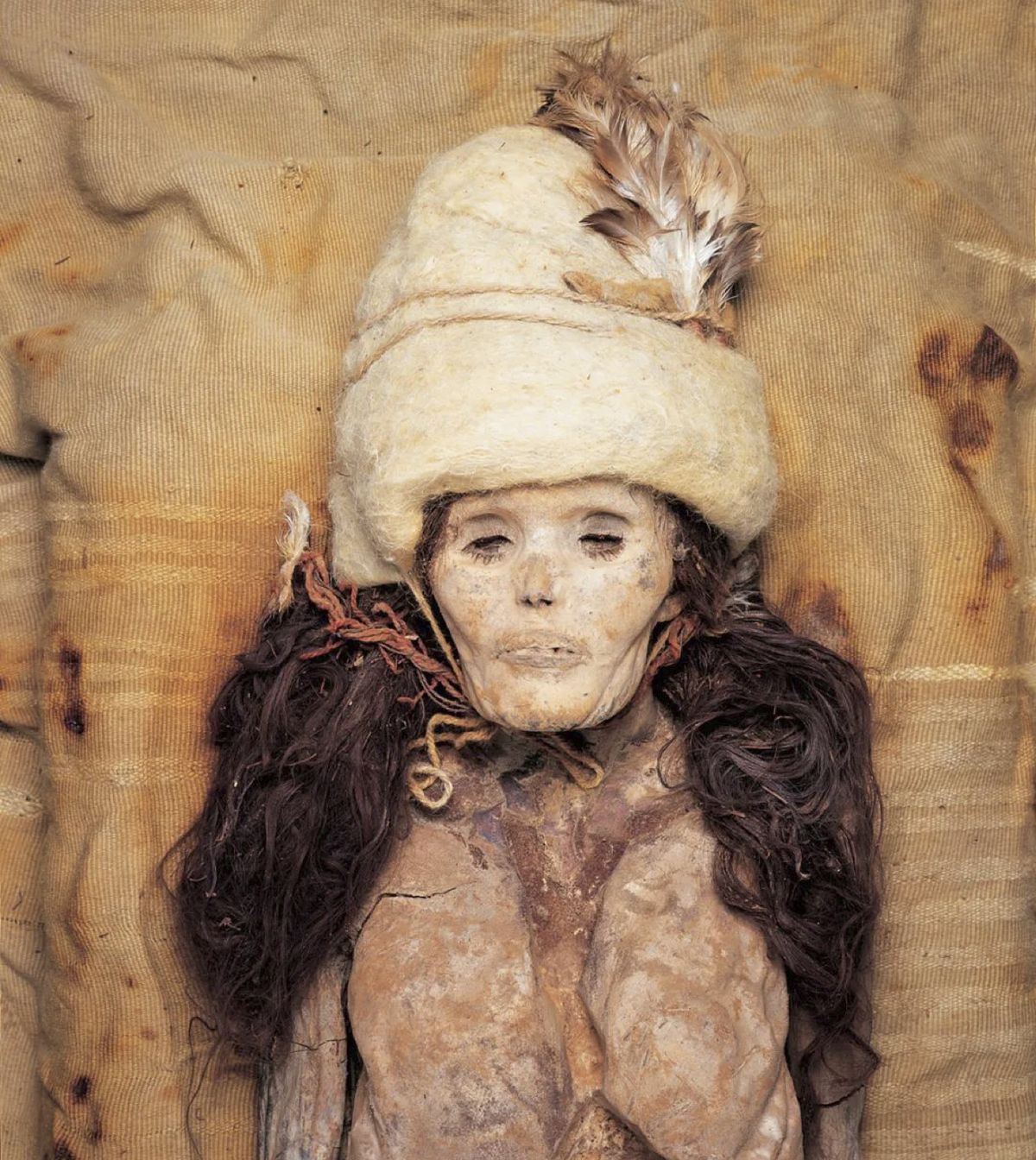The history of Theodora is a classic rags to riches tale, as she is thought to have started life in the lowest class of Byzantine society but became one of the most powerful women in civilization’s history. Theodora became empress of the Byzantine Empire during the 6 th century AD. She was the wife of Justinian I, one of the most notable Byzantine emperors. As empress, Theodora used her position and influence to institute reforms within the empire, in particular those that promoted the status of women.
Theodora’s Secret History
Theodora was born around AD 497. Little is known about her early life. According to Procopius’ Secret History , the father of the future Byzantine empress was Acacius, a bear keeper at the hippodrome of Constantinople. Procopius goes on to report that from a young age, Theodora worked as an actress and a prostitute, occupations that were not deemed respectable in Byzantine society .
At the age of 16, Theodora went to North Africa as the companion of an official, and stayed there for the next four years. On her way back to Constantinople, Theodora stopped at Alexandria, where she adopted Monophysitism, a non-orthodox branch of Christianity. After her conversion, Theodora changed her lifestyle, and earned her living as a wool spinner when she returned to the capital.

Empress Theodora represented in mosaic at San Vitale, Ravenna. ( Public Domain )
Courting the Heir to the Empire
It was around this time that Theodora caught the eye of Justinian, who was serving under his uncle, the emperor Justin I. Justinian was attracted to Theodora’s intelligence and beauty, and made her his mistress, after which he married her. Due to Theodora’s disreputable background, however, a special legislation had to be passed in order to overturn an old Roman law that prohibited the union of men of senatorial rank or higher with actresses.
In AD 527, Justin died, and was succeeded by Justinian. Although she was never Justinian’s co-regent, she exerted such a great influence on the administration of the empire that many considered her to be Justinian’s co-ruler in all but name.
- A Failed #MeToo Moment: Just How Horrible Being An Ancient Roman Actress Could Be
- The Varangian Guard: Elite Byzantine Warrior Merchants
- Did Antonina Use Witchcraft to Enslave the Mighty Byzantine General Belisarius?

Mosaic – Empress Theodora and Retinue, San Vitale in Ravenna. ( Public Domain )
Natural Born Ruler
One of the best examples of Theodora’s abilities as a ruler may be seen in the way she handled the Nika riots. In January AD 532, supporters of the Greens and Blues, the popular chariot racing factions in Constantinople, united in revolt against Justinian. The emperor was advised by his officials to flee the capital. Theodora, on the other hand, advised her husband to stay and save his empire. She gave a rousing speech to the emperor and his advisors, convincing them to remain. The emperor ordered his troops to put the revolt down by force. Led by the general Belisarius, Justinian’s soldiers got the rioters into the Hippodrome, and slaughtered them all.
The Nika riots caused much destruction to the city, which gave Justinian and Theodora the opportunity to rebuild it. The imperial rebuilding programme made Constantinople one of the most beautiful cities in the world at that time. The most iconic accomplishment of this rebuilding programme was the Hagia Sophia. During the Nkia riots, the church had been destroyed, and Justinian had a new one (the third and current structure) rebuilt in its place.
- The Fantastic Basilica San Vitale is the Last Entirely Intact Byzantine Church
- Where a Mosaic May Mean A Lot More: Byzantine City Could Soon Return to Light in Israel

A view of Hagia Sophia in Istanbul, Turkey. ( CC BY-SA 3.0 )
Winner of Human Rights
Theodora also instituted a number of reforms that may be described as being ahead of their time. For instance, she succeeded in ending the persecution of Monophysites in AD 553. A number of Theodora’s reforms were aimed at the well-being of women. For example, Theodora passed laws allowing women to own and inherit property, granted women more rights in divorce cases, and instituted the death penalty for rape.
In AD 548, Theodora died, possibly of cancer or gangrene. The death of the empress was a severe blow to Justinian, who reigned for about another 20 years . Theodora was buried in the Church of the Holy Apostles in Constantinople. Theodora (along with her husband) is considered to be a saint by the Eastern Orthodox Church, and her feast day is the 14 th of November.
Top image: Mosaic – Empress Theodora and Retinue, San Vitale in Ravenna. Source: Public Domain





